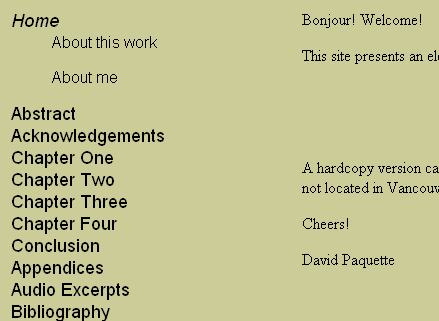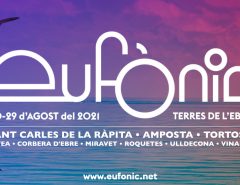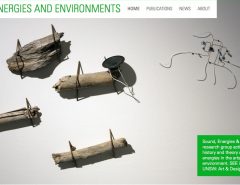http://www.sfu.ca/media-lab/archive/grad/david_paquette/index.html
About this work
This thesis was completed in the course of my Master’s studies at the School of Communication, Simon Fraser University, BC. I had the fabulous chance to work with Prof. Barry Truax as my supevisor, while living in the gorgeous landscape of Vancouver. I moved to West Coast to learn about the various approaches to the soundscape, and particularly the everyday soundscape. As I was introduced to the various works and methods produced by the WSP at Simon Fraser, I also became aware of other major research projects, including the CRESSON in France, Craig Wagstaff’s work at the Isles of Harris and Lewis, and various other local and regional groups involved with the everyday sound environment.
I became interested in the methods that are used by researchers when dealing with the soundscape. Urban planning, visual arts and architecture (notably) have provided us with an extensive set of tools to describe and analyse our landscape. The soundscape, however, remains only (very) partially «looked at»; furthermore, the way one describes and «objectifies» the sound environment has a significant impact on the consequent evaluation or analysis of that soundscape.
I therefore decided to use three approaches that were familar to me, and combine them in a case study to observe how their concepts and methodologies could interact. Another aspect of this work that was very important to me was to provide an English introduction to the extensive work done at CRESSON, in a way to encourage collaboration between researchers in this field.
Therefore, this thesis provides practical and theoretical explorations of several important themes in soundscape studies (or, if you prefer, sound ecology), including the methodologies used to frame, access and document the soundscape, the concepts that are intimately linked to these methods, and the various challenges one faces when trying to make people «talk about what they hear».
This electronic version comprises an exact reproduction of all chapters, plus a selection of appendices, three audio excerpts and a complete bibliography.





Leave a Reply
Lo siento, debes estar conectado para publicar un comentario.